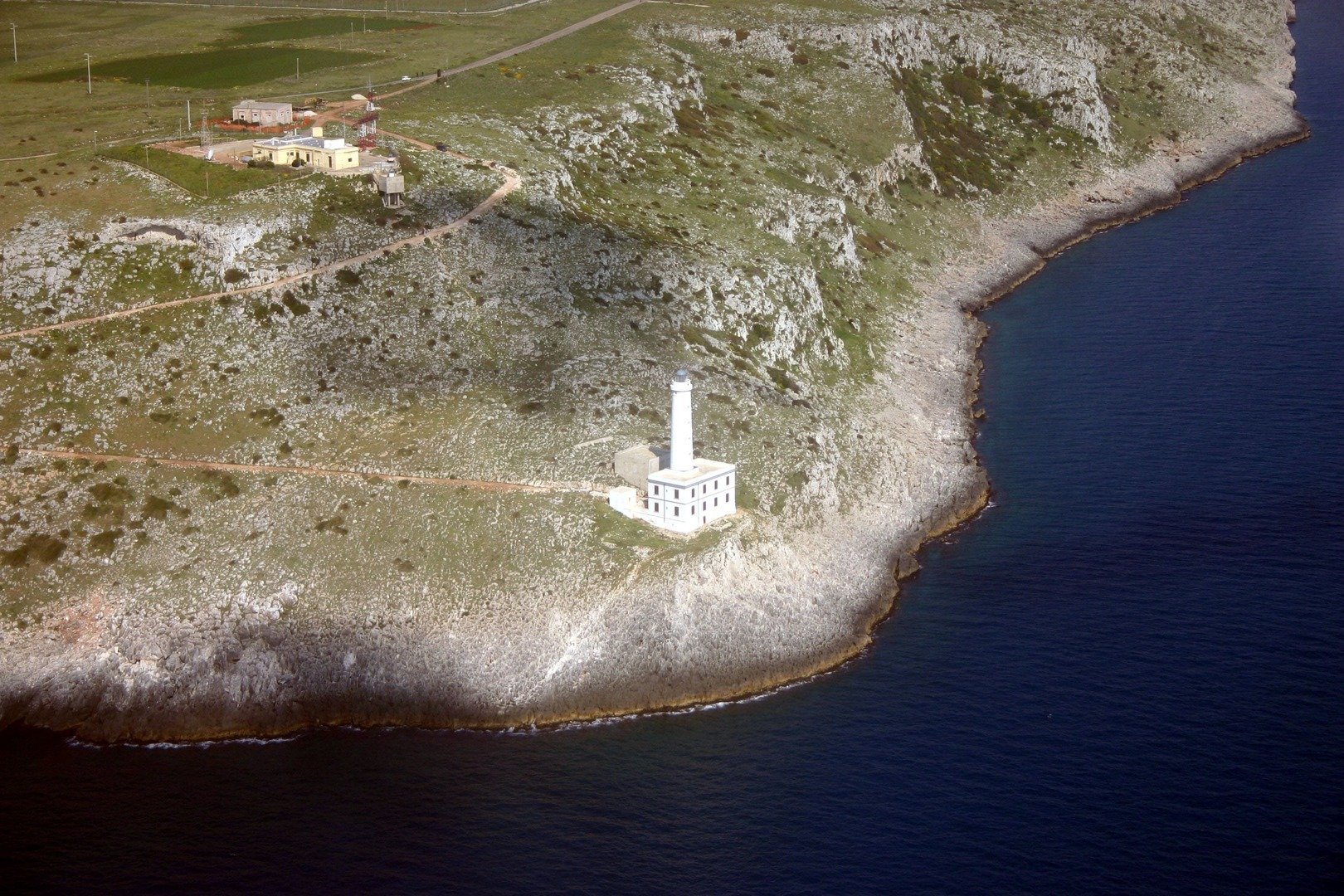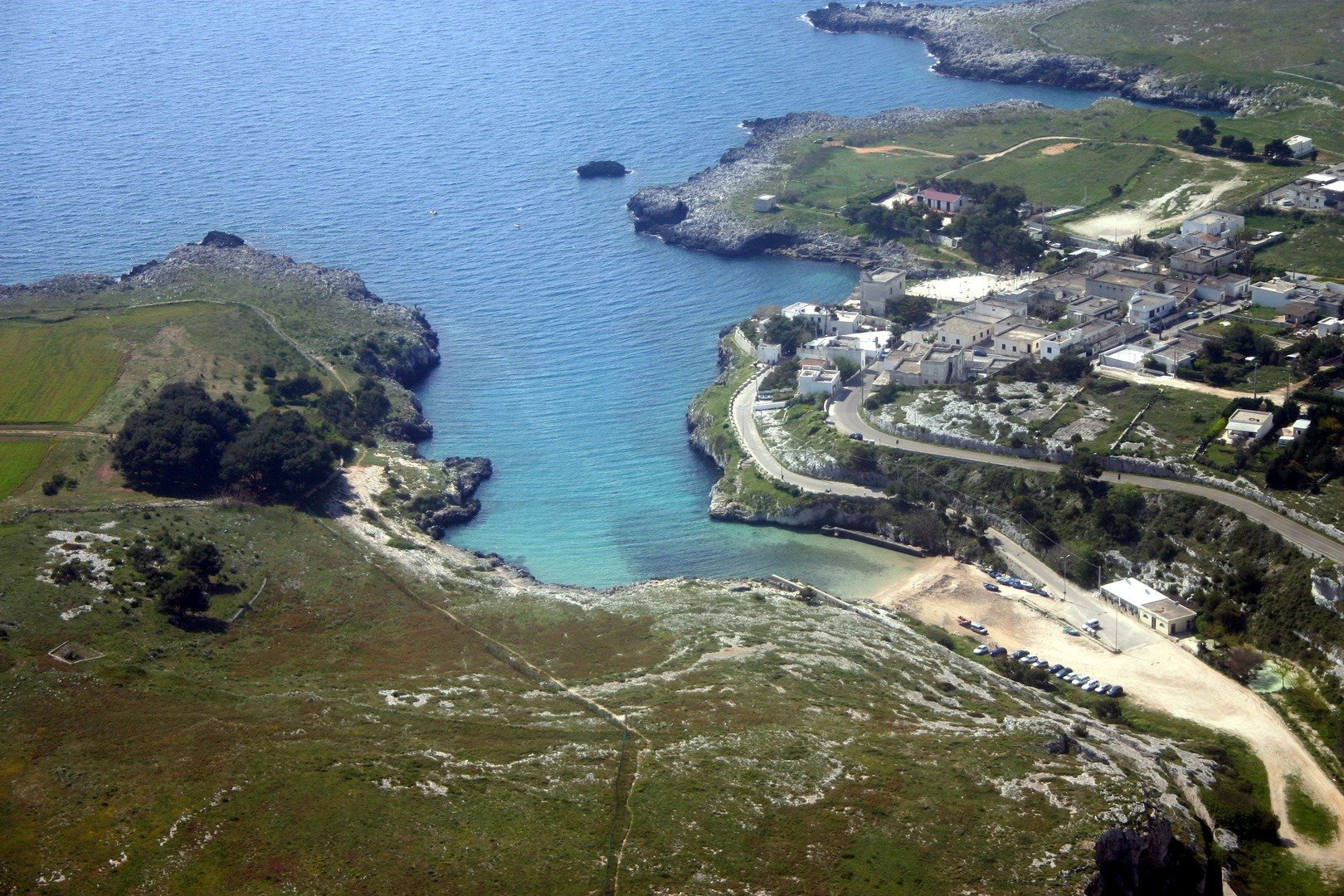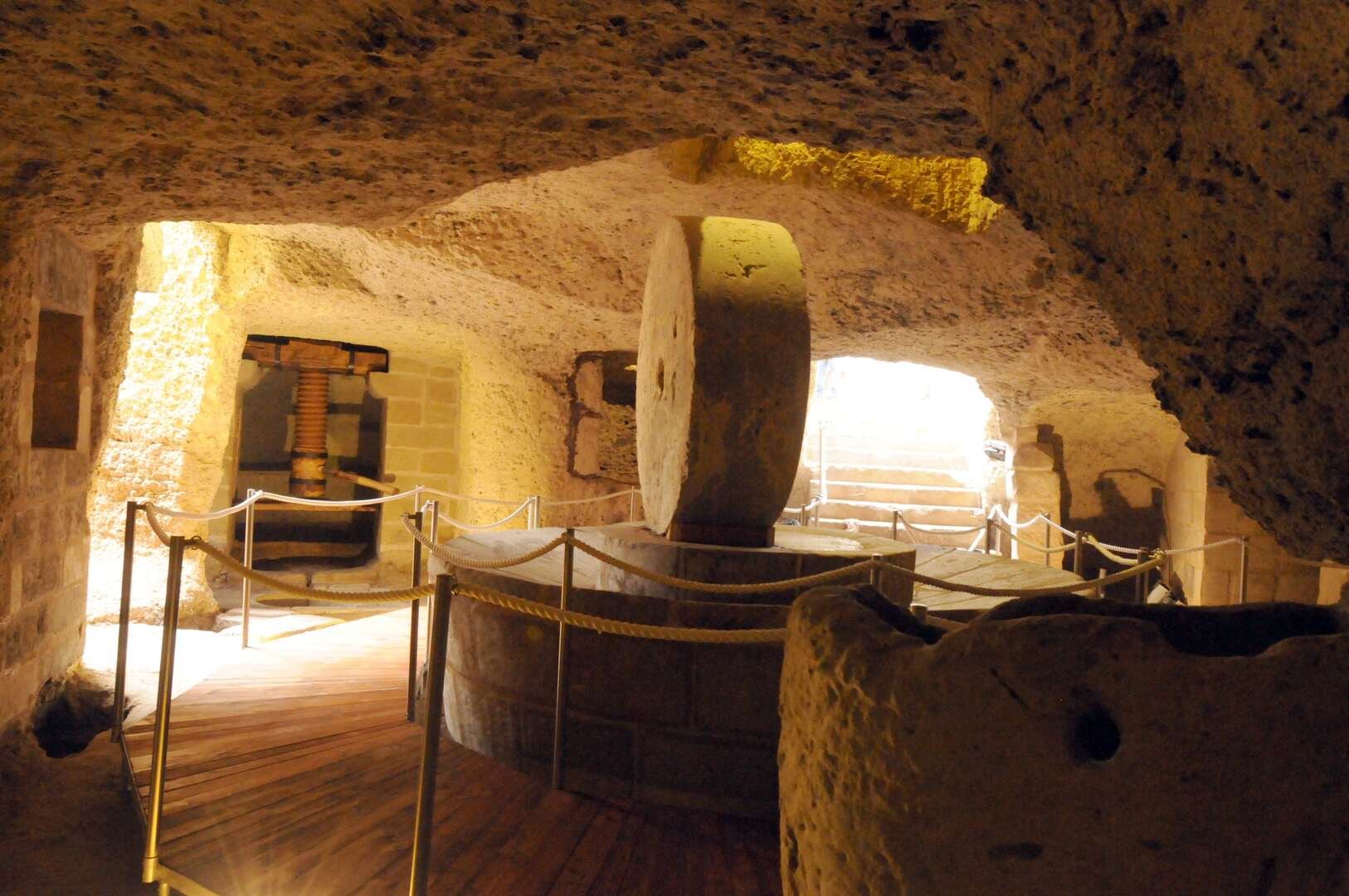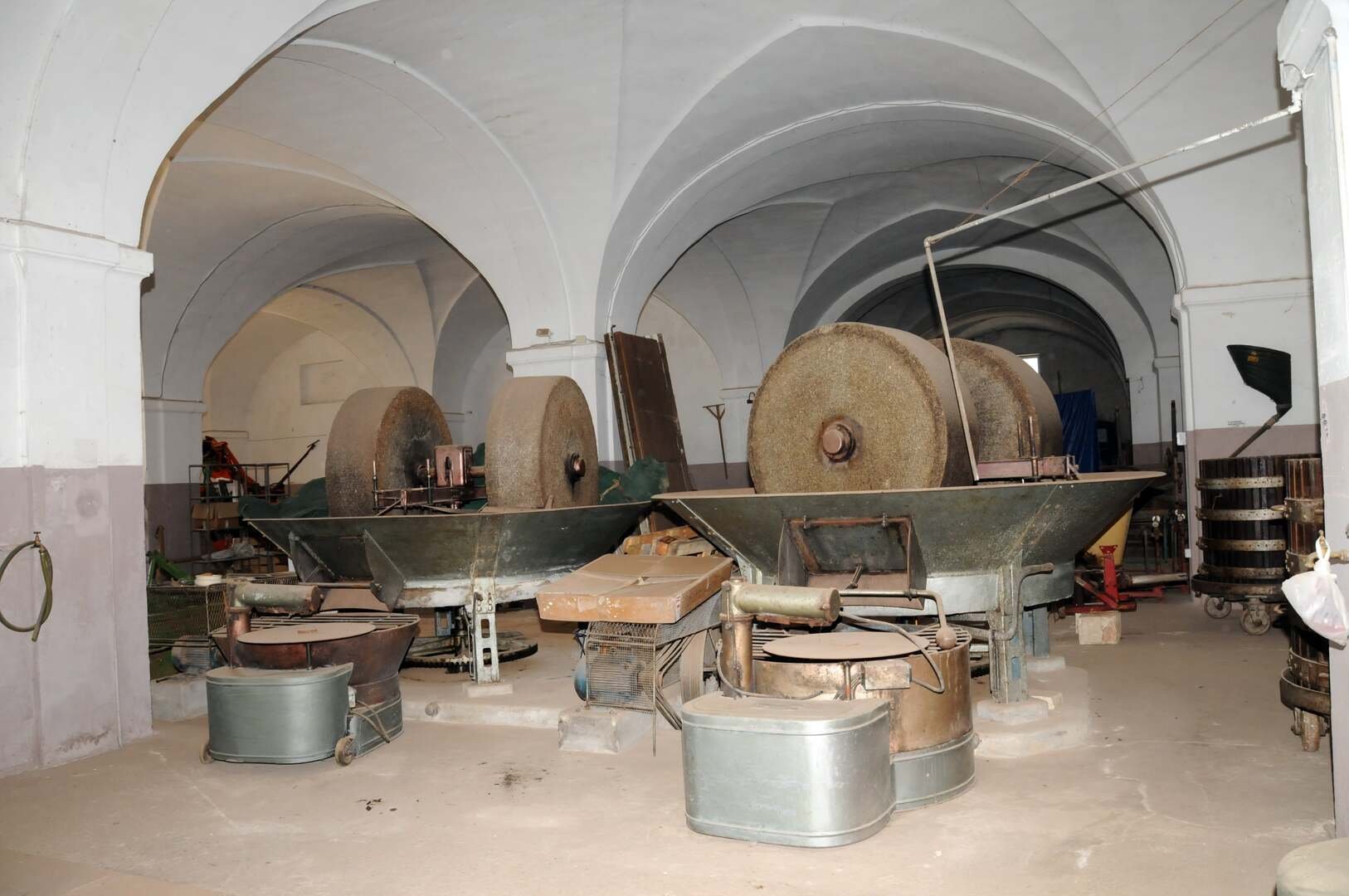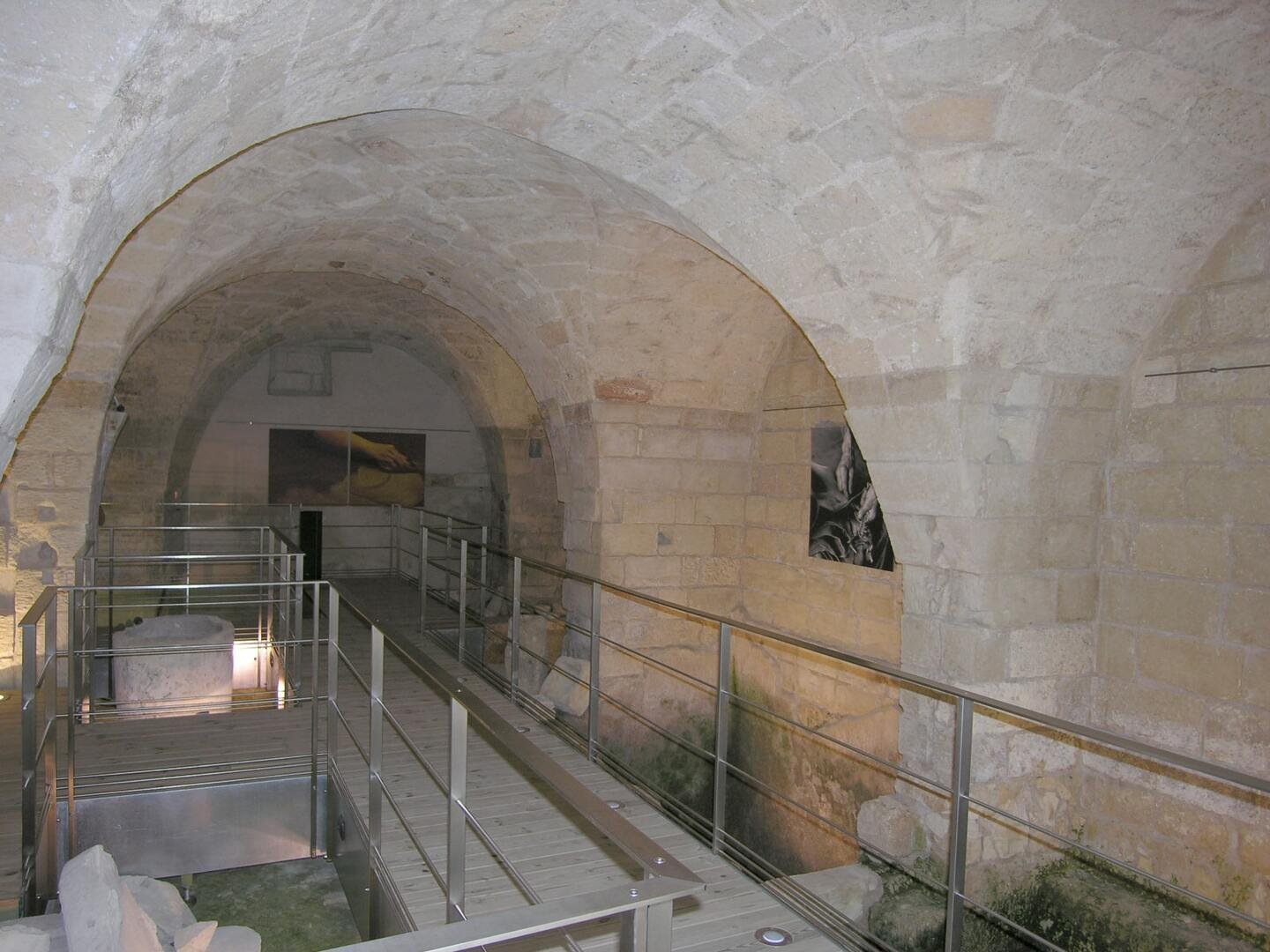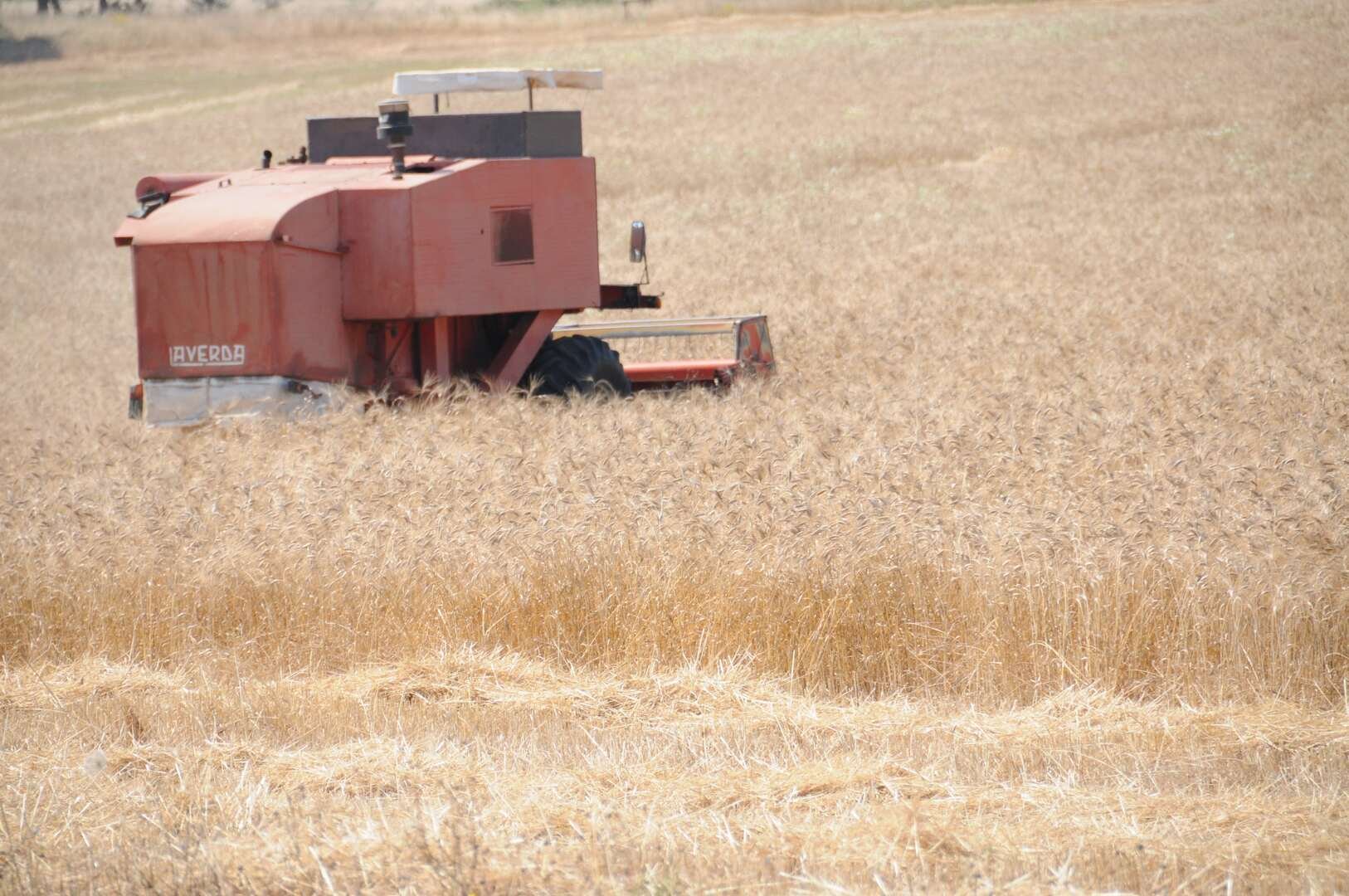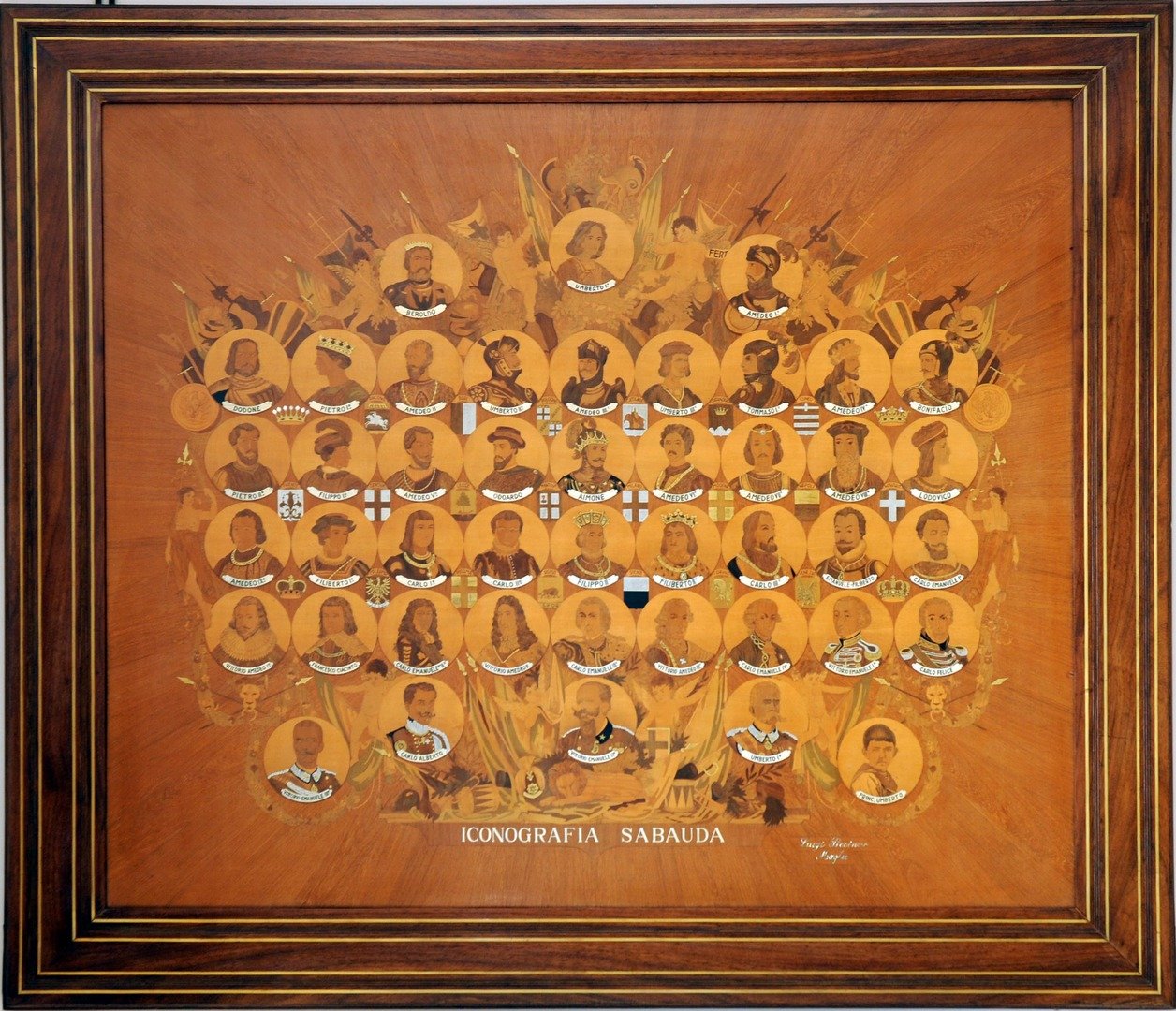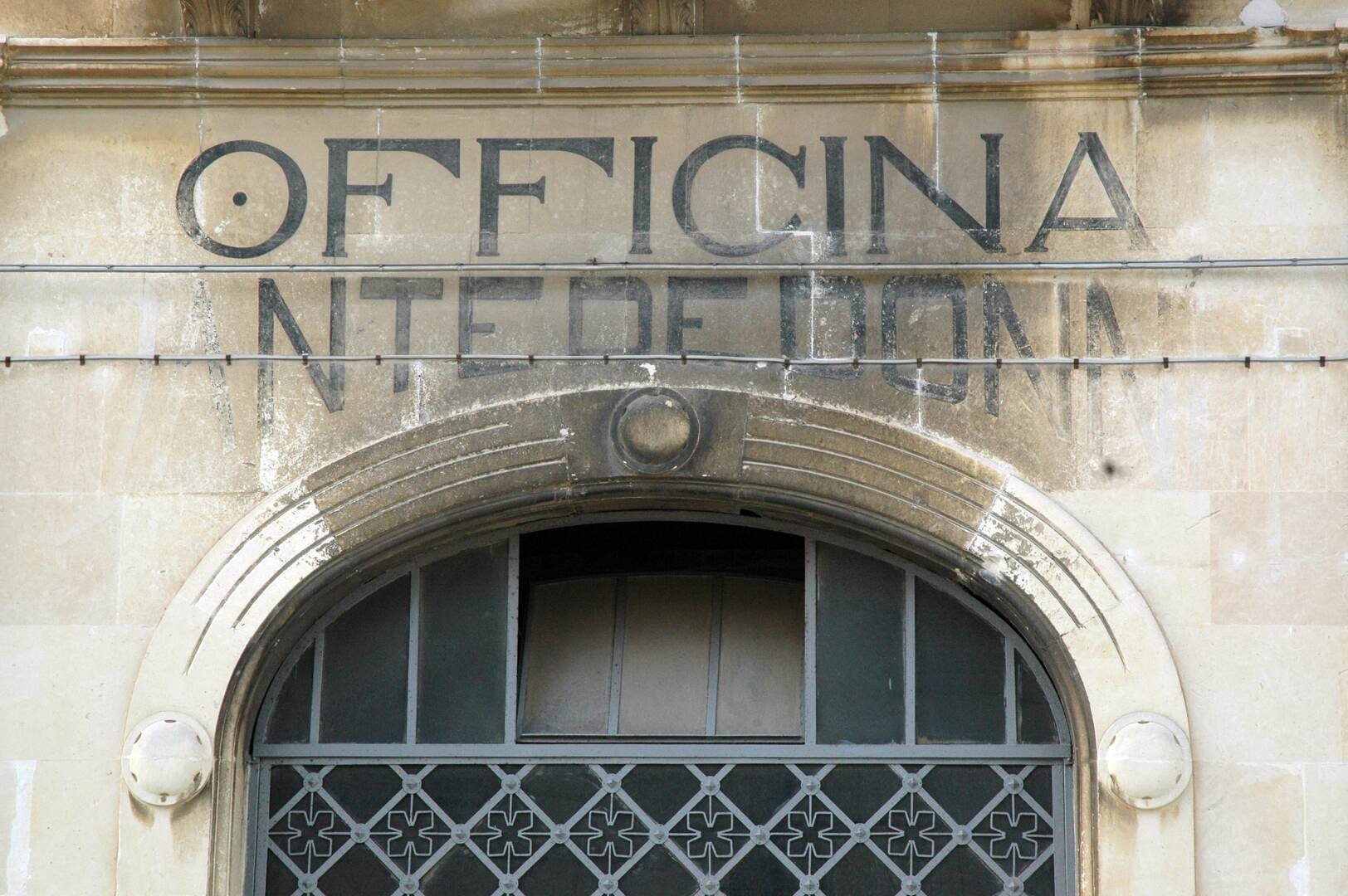An interesting town in Apulia, in the province of Lecce, Maglie is 30 km south of Lecce.
It enjoys a strategic geographic position as a road junction between the Adriatic and Ionian seas and an obligatory stop for those who, from Lecce, want to reach some of the most beautiful seaside resorts in Salento: Otranto, Santa Cesarea Terme, Castro, Gallipoli.
Maglie has been, and still is, the almost natural commercial centre of the Lower Salento, being at the crossroads of the north-south and east-west routes.
Once the centre of the latifundium, the seat of the most powerful landowners of Apulia, of bankers, of famous academies, with its own aristocratic tradition that knew how to nourish and express high-level cultural phenomena; it still preserves the signs of this aristocratic past. A dynamic town, characterised by a peculiar historical centre made up of small streets and courtyard houses, noble palaces, churches and chapels of great architectural and artistic value.
The economic and commercial development of Maglie dates back to the 18th century.
Already at that time, the first germs of a craftsmanship could be seen that was almost unknown in the rest of Salento, where the main occupation remained agriculture. Maglie could count on numerous forms of activity, such as leather tanners, wall and stone masons, cabinetmakers, carpenters, decorators, tailors and shoemakers. At the same time, a small bourgeoisie was formed that consolidated its position between the end of the 18th and the beginning of the 19th century, thanks to the income from the sale of the main agricultural products (oil and wine) or from trade.
The subsequent development of the railway network and the town's favourable position at the centre of important road axes led to a further expansion of its trade, consolidating, on the one hand, the already existing activities and, on the other, encouraging the birth of new industries.
Between the late 19th and early 20th century, Maglie was one of the most active industrial, economic and commercial centres in Salento. This was due to the presence of numerous factories linked to traditional sectors, such as the production of oil, wine, wheat and pasta, to which were added the craft/manufacturing sectors of tobacco, luxury furniture, wrought iron, leather, caps and fiscoli.

